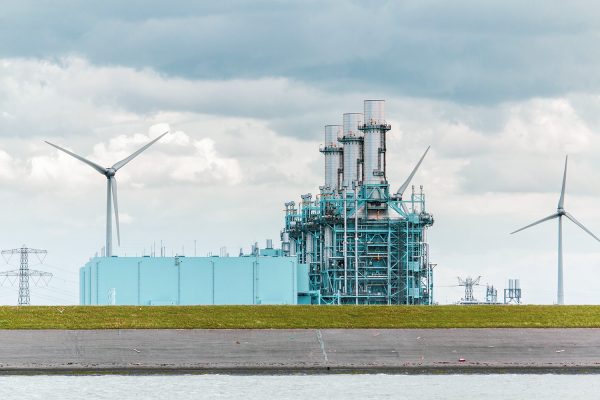
Electricity prices are hitting records across Europe. In Portugal and Spain, wholesale energy prices have tripled from half a year ago to €178 per megawatt-hour. Italy is not far behind at €176. Dutch households without a fixed-price contract could end up paying €500 more this year. In the UK, prices peaked at €247 per megawatt-hour earlier this week.
The main culprit is the high price of natural gas, up 440 percent from a year ago. But Europe is facing something of a perfect storm involving accidents, depleted reserves and a higher carbon price.
Here are all the reasons prices are up — and what governments are doing about it.
Why prices are up
- Russian exports are down. Gas flows at the western tip of the Yamal pipeline, which connects the natural gas fields of Siberia to Germany, dropped to 20 million cubic meters per day in August, down from 49 in July and its usual rate of 81 million cubic meters. Europe gets half its natural gas from Russia.
- A fire at a gas plant in the Siberian city of Novy Urengoy may have played a role, but there is also suspicion Russia deliberately cut supplies in order to boost political support for Nord Stream 2, an underwater natural gas pipeline that circumvents Poland and Ukraine.
- The Netherlands, the EU’s top exporter of natural gas, is shutting down production in Groningen due to earthquakes.
- Many countries are closing coal power stations, increasing reliance on natural gas. Germany and Spain are also phasing out nuclear power.
- A fire at an interconnector site in Sellindge, near Dover, shut down a key power link between England and France.
- Reserves across Europe were depleted during the winter. Traders were waiting for prices to fall this summer to replenish supplies, but that didn’t happen.
- The EU’s carbon price has risen to a record €60 per tonne from around €25 a year ago.
- Customers in Asia are willing to pay more for liquified natural gas from America, Australia and Qatar. South Korea alone buys twice as much gas from the United States than any European country. Japan is another major buyer.
What governments are doing
EU Commission vice president, and climate czar, Frans Timmermans argues the price increases are a reason to accelerate the transition to clean energy, not slow it down.
Not all governments and parties in the European Parliament agree. Conservatives pick on the EU’s high carbon price and proposed “Green Deal”, which would reduce greenhouse gas emissions to net zero by 2050, but these policies have had a marginal impact on electricity prices (so far).
The real problem is simply that demand for natural gas is up and supply is down.
Norway’s Equinor — Europe’s largest supplier after Gazprom — is raising exports by 2 billion cubic meters next month. That will help, but only a little. Total Norwegian exports to the EU are 106 billion cubic meters. Total European gas consumption is around 450 billion cubic meters.
Spain has cut sales tax and is forcing energy companies to use their profits to lower prices.
Political parties in the Netherlands have agreed to lower energy bills by €375 million. The most likely option is that energy taxes will be cut.
The UK has an energy price cap since 2019. The government is raising it to allow energy companies to pass on some of their higher costs to customers, but they are still selling electricity at a loss.
